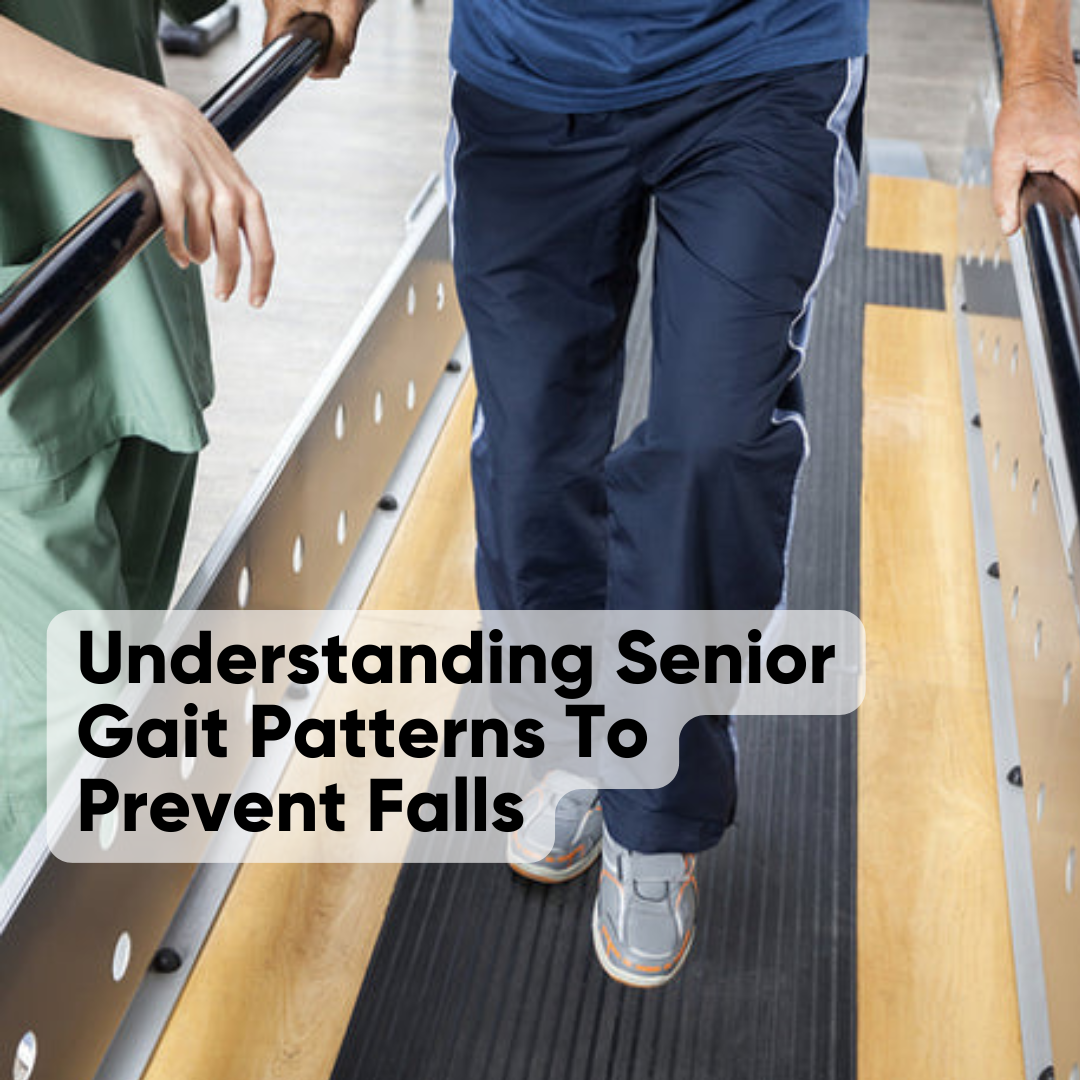Free SG local shipping for orders over $150. Express shipping options also available.
Menu
-
- Bestsellers
-
Mobility
-
Bathroom
-
Bedroom
-
Daily Living
-
About Us
-
- +65-8657-1657
- Contact Us
- Testimonials
- Product Reviews
- FAQs
- Login

Free SG local shipping for orders over $150. Express shipping options also available.
Add description, images, menus and links to your mega menu
A column with no settings can be used as a spacer
Link to your collections, sales and even external links
Add up to five columns
Add description, images, menus and links to your mega menu
A column with no settings can be used as a spacer
Link to your collections, sales and even external links
Add up to five columns
Educating Yourselves: Pressure Sores
March 18, 2021 3 min read

What are pressure sores?
Pressure sores, also known as bedsores or pressure ulcers, are sores resulted from prolonged pressure on the skin. Seniors who are wheelchair-bound or bed-bound have higher risks of developing pressure sores. They often form on the surface of the skin covering the tailbone, ankles, hips, and heels.
Pressure sores are common among older adults who have reduced activity or reduced mobility. According to the Centers for Disease Control and Prevention (CDC), up to one in 10 seniors with limited mobility develops pressure sores. Older adults experience pressure sores more often than people of any other demographic due to loss of mobility.
Common causes of pressure sores
Pressure sores generally develop in seniors who need help moving or spend most of the day sitting or lying down. Three main factors contribute to pressure sores amongst seniors.
1. Pressure from limited mobility
Prolonged pressure on any part of the body limits blood flow to skins or tissues in that area. Blood flow is necessary to transport oxygen and other nutrients around the body. The lack of blood flow causes tissues to be damaged and deteriorated over time, eventually causing the skin to die. This is most common in areas of the body without much muscle or fat.
2. Friction
Our skin gets thinner and more fragile as we age. Friction against the bed or any clothings can break down the skin and cause pressure sores. Avoid rough clothing and sheets, as these are potential risks to pressure sores.
3. Shear
Shear occurs when the skin moves in one direction while the bone moves in another or stays still. For example, slowly sliding down a bed may cause tailbones or shoulder blades to move while skin remains in place. This can cause the skin to stretch and tear.
4 stages of Pressure sores
Stage 1
The area of skin is discoloured and warm to the touch. It may be red on seniors with lighter skin, or purplish-blue on seniors with darker skin. Older adults may also complain of itching or burning. Stage 1 bedsores will often disappear with regular repositioning and pressure relief.
Stage 2
Skin damage is more visible, and may include an open blister, sore, or scrape, in addition to discolouration. Someone with a stage 2 bedsore may feel serious pain or discomfort.
Stage 3
In addition to spreading discolouration and abrasions, the area takes on a crater-like appearance from damage beneath the skin’s surface.
Stage 4
A large wound is present and the skin is significantly, visibly deteriorated. Muscles, bones, and tendons may be damaged or even visible through the hole in the skin. Stage 4 bedsores often lead to serious infection and are hard to manage, even for professional caregivers.
How to prevent pressure sores
Regular Movement
Reposition your loved one every one to two hours in bed and every 30 minutes in a wheelchair can prevent pressure sores. Transfer products such as the transfer sheet can help you in repositioning your seniors in bed or in the wheelchairs. Other transfer products such as the transfer board and transfer belt can support you in transferring your seniors from the bed to other places as well.
Products such as air mattresses and air cushions are specially designed to help relieve or prevent pressure sores.
Consider air mattresses such as the Alternating Pressure Air Mattress and the Arise Alternating Pressure Relief System which are specially designed to provide short-term treatment, prevention and relief for early stages (Stage 1 and 2) of pressure sores.
Rubber cushions or doughnut-shaped hemorrhoid pillows should not be used as treatment for pressure sores on the buttocks. Instead, consider using cushions that are specially designed to prevent pressure sores. The Roho Mosaic Wheelchair Air Cushion is an inflatable and adjustable wheelchair support cushion designed to provide users with pressure relief.
Proper Nutrition and Physical Activities
Without appropriate fluids, vitamins, minerals, and protein, pressure sores won’t heal properly. A well-balanced diet that promotes skin and bone health can help prevent bedsores.
If your loved one is severely overweight, losing weight can reduce pressure on bones and joints. Conversely, if they are underweight, a lack of muscles in fats may lead to bedsores around sharp joints.
Even mild movement and stretching can increase blood flow. Try out low-impact exercises or stretches that can be safely performed while seated.
Leave a comment
Comments will be approved before showing up.
Also in Health

Why You Should Consider Having an AED at Home
March 11, 2025 2 min read
Sudden cardiac arrest (SCA) is a leading cause of death worldwide, often striking without warning. While waiting for emergency responders, every second counts, and having an Automated External Defibrillator (AED) at home could mean the difference between life and death.





